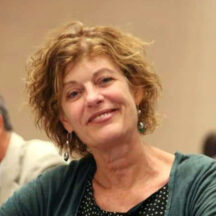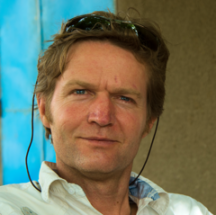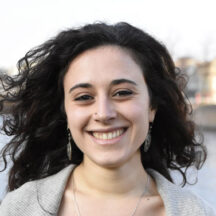January 2015, N’Djaména. Didier Lalaye alias Croquemort is writing his slam in a bar close to the Preston studio, which produced his last CD, Apprenons à les comprendre. The song Prisonnier speaks about how we are all our own prison, how we make our own borders. It is too easy to talk about freedom of voice when we do not scrutinize our self-imposed limitations. Producing a song is hard work. He returns only after midnight, taking a benskin (a moto-taxi) through a desolate N’Djaména, the capital city of Chad, meeting some surveillance police and military on the way to the family house in the neighbourhood of Chagoua. Didier is both a slam artist and a medical doctor. Having graduated the week before this photograph was taken, the next day he had an appointment at the Chadian telephone company TIGO to discuss a new innovation for the project on mobile health (m-health) he initiated to provide medical assistance in remote areas, using mobile technology.
This project captures Didier alias Croquemort’s story during the period from 2013 to 2016. Following his path during this period involves exploring many itineraries that crossed the same scenario, going far beyond what both the researcher and the subject of the research had initially expected. The story of this anthropological journey is presented here in an attempt not to hide but rather to highlight the unpredictability that marked the whole process. Reasoning in accord with the concept of vital conjunctures (Johnson-Hanks 2002), the project focuses on the itinerary of a single person that quickly becomes a way to disclose a more complex story. Broader themes such as Chadian politics, new Information and Communication Technologies (ICTs), and the aspirations of the youth in Africa enter into the scenario, imposing a reflection on the relations between society and voices on the ground. The fluidity of the research, the unexpected encounters, the embracing of the unexpected: the field becomes a complex scenario that is constantly transformed into text, pictures, photographs, and other virtual spaces, while an anthropological research project becomes a story of friendship and co-creation.




